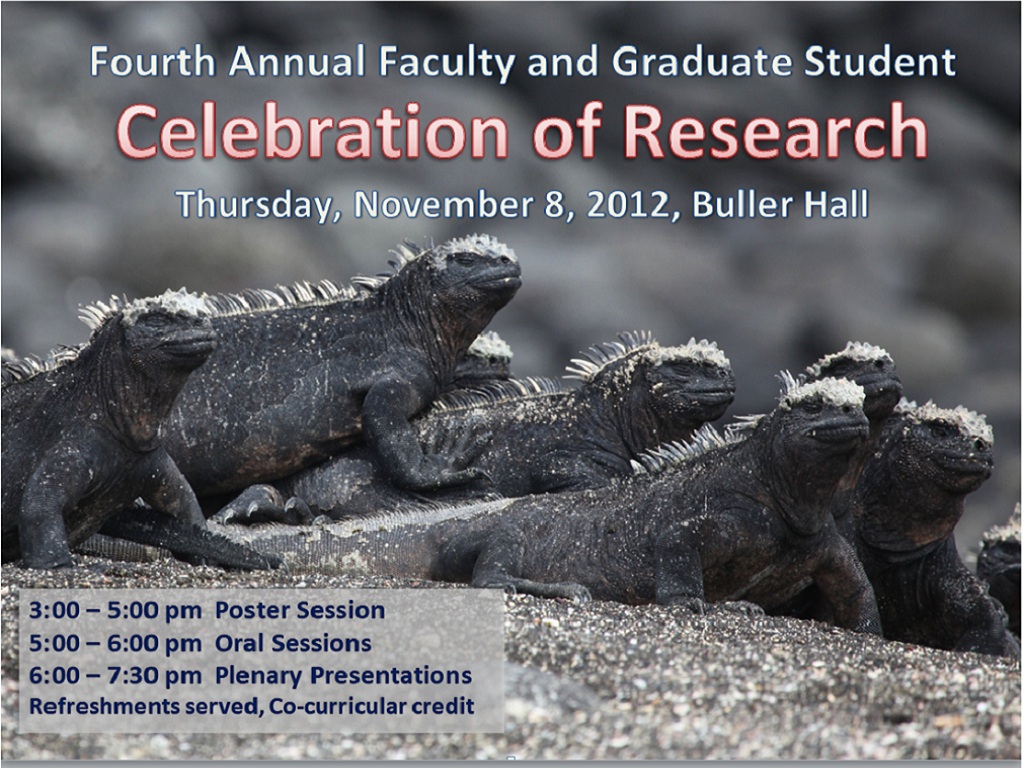Presentation Title
P-25 Rocks and Fossils Reveal Island History
Presenter Status
Department of Biology
Second Presenter Status
Department of Mathematics
Location
Buller Hallway
Start Date
8-11-2012 3:00 PM
End Date
8-11-2012 5:00 PM
Presentation Abstract
Protection Island National Wildlife Refuge, a marine bird and mammal breeding center, was established on the island in 1988. Several geological features of this island serve as wildlife attractants: steep cliffs of unconsolidated Pleistocene and Holocene sediments around the island periphery afford ideal nesting sites for burrowing auklets and puffins; cliff ledges provide platforms for nesting cormorants; longshore currents deposit gravel spits at the east and west ends of the island on which gulls and guillemots nest and seals haul out. These features attract about 70% of Washington’s inland breeding seabirds each year and a high proportion of the state’s breeding seal population. Despite the presence of geologic features crucial to the breeding success of marine birds and mammals, little is known about Protection Island’s geological structure and paleoecological history. In collaboration with two geologists, we are 1) developing a geologic framework of mapped stratigraphic units; 2) collecting and preserving sediment and fossil samples from each stratigraphic unit; 3) characterizing the composition, thickness, depositional history, palynology, and paleoecological history of each of the island’s stratigraphic units; 4) developing a geologic map of Protection Island which will detail its stratigraphic features; 5) determining the ages of the various stratigraphic units; 6) developing a paleoecological history of the entire island; and 7) developing recommendations for the conservation of geological features of Protection Island. This poster provides a preliminary report of our findings.
P-25 Rocks and Fossils Reveal Island History
Buller Hallway
Protection Island National Wildlife Refuge, a marine bird and mammal breeding center, was established on the island in 1988. Several geological features of this island serve as wildlife attractants: steep cliffs of unconsolidated Pleistocene and Holocene sediments around the island periphery afford ideal nesting sites for burrowing auklets and puffins; cliff ledges provide platforms for nesting cormorants; longshore currents deposit gravel spits at the east and west ends of the island on which gulls and guillemots nest and seals haul out. These features attract about 70% of Washington’s inland breeding seabirds each year and a high proportion of the state’s breeding seal population. Despite the presence of geologic features crucial to the breeding success of marine birds and mammals, little is known about Protection Island’s geological structure and paleoecological history. In collaboration with two geologists, we are 1) developing a geologic framework of mapped stratigraphic units; 2) collecting and preserving sediment and fossil samples from each stratigraphic unit; 3) characterizing the composition, thickness, depositional history, palynology, and paleoecological history of each of the island’s stratigraphic units; 4) developing a geologic map of Protection Island which will detail its stratigraphic features; 5) determining the ages of the various stratigraphic units; 6) developing a paleoecological history of the entire island; and 7) developing recommendations for the conservation of geological features of Protection Island. This poster provides a preliminary report of our findings.



